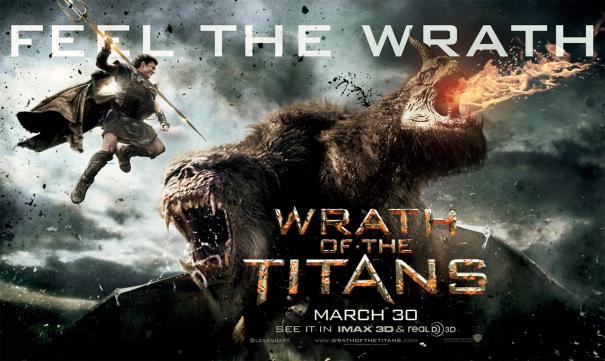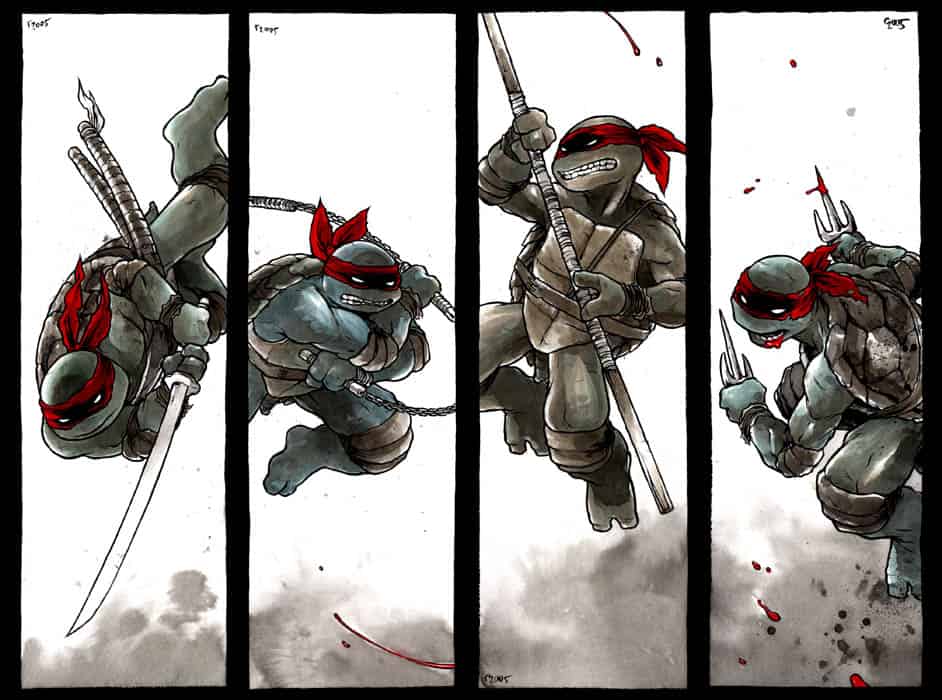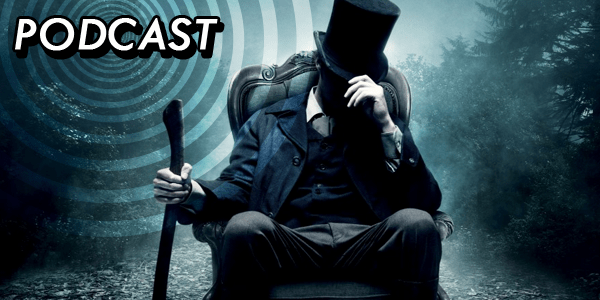
Movie Review: ‘WRATH OF THE TITANS’
It goes without saying that there were many obstacles standing in the path of Perseus’ first adventure. Clash of the Titans was a film that tried to do so many things yet did them all completely wrong. Following the huge success of Avatar, the unnecessary 3D technology was tacked on to the film at the last minute. Still to this day people talk about Clash as the film that is proof that 3D “post conversion” is a horrible idea. Add to that all of the rumors hinting at studio tampering and final cuts not intended by director Louis Letterier. Considering all of this, the film still managed to make a buck and a sequel went into production. I’m happy to say that Wrath of the Titans fixes many issues that were glaringly apparent with the remake of the 1981 fantasy flick. Yet, it’s not a perfect gift from the Gods either.
Wrath begins with the Gods in a troubled state. The lack of prayers and faith by the mortals have resulted in the Gods’ powers weakening to the point where they will soon not exist at all. Zeus (Liam Neeson) returns to warn his son Perseus (Sam Worthington) of his coming fate even though the visit fails to prompt Perseus to set aside his simple fishing life he has now created with his son. To prevent this from happening, Ares and Hades attack their fellow Gods and take Zeus hostage, dragging him to the center of the underworld, Tartarus. In here lies Cronus, the father of the bickering Gods, who can be reawakened by draining Zeus of his power. If the vengeful and powerful Cronus awakes, he will unleash hell on Earth, destroying all of humanity and not letting the Gods fade away into oblivion. Perseus must then seek out Agenor – another half man, half God like himself – to unite in power and find a way to enter into the underworld and stop Ares and Hades from breathing new life into Cronus.
I could honestly go on for about another two paragraphs or so trying to explain all of the characters, their complicated relationships to one another, and where they need to go, to get what, to destroy who. You will be yearning for a map about halfway through that outlines everything for you. Fans of Greek mythology will appreciate the research the screenwriters did to precisely detail these intricacies. Though I wouldn’t consider myself a connoisseur on the topic, I do enjoy a good old fashioned sword and sandal flick like Jason and the Argonauts every once in awhile. Yet, even I found this to be a workout to follow. Thankfully the inane dialogue often throws around people’s extended titles – “Agenor, the son of Posiedon” – which makes it a little easier to follow. However, the main problem present in the script is what befell director Jonathan Liebesman’s previous film, Battle Los Angeles. They both fail to convey any sort of originality or polish to the dialogue. Some of the phrases spoken in Titans are even fairly anachronistic and come across as too contemporary. It’s only really apparent a handful of times which ultimately takes you out of the world.
The script issues aren’t a major concern considering the main focus of the film is clearly the action. In that department, Wrath of the Titans delivers the goods. Not only will you feel the Wrath but every punch, crash, and hit to the senses as well. Cinematographer Ben Davis (Kick-Ass) not only captures every speck of dirt and sweat on the exhausted face of Perseus, but he doesn’t cut away from any of the hard hitting violence either. Liebesman starts off the action with what is possibly the best action sequence in the entire film. A two headed, hairy, winged beast is spit out of hell and unleashes chaos in the sandy village where Perseus and his son reside. The 3D is put to remarkable use beginning with this sequence. Davis stages many of the shots here with people and houses in the foreground and background and on multiple levels in between creating a dimension to the action. Typically with 3D in kinetic sequences such as this it comes across as blurry and more of a hindrance than helping to immerse the audience in the action. Almost all of the big set-pieces in the film incorporate stuff floating around in front of the viewer. First we have sand being kicked up, later we have trees exploding forth from club wielding trolls, even later we have plaster columns collapsing into Perseus’ face, and throughout the entire film there are embers and sparks wafting around all the men and women in armor. It’s a 3D gimmick that surprisingly rarely ever gets old. Another clever use of the technology is every time you journey into the underworld. The camera suddenly drops you into the environment as if you were free falling down a flurry of narrow passages. This comes up later in another stunning sequence involving Perseus and his followers maneuvering through a maze of shifting walls that felt like a scene out of an Indiana Jones film. More attention seemed to be focused on the sets and environments of this film than its predecessor. Everything seemed to have more texture, detail, and grittiness to it. Costumes felt more worn-in and authentic and each of the environments had a tangibility and a richness that isn’t typically found in CGI landscapes.
Clash of the Titans failed to find the right balance between the scenes revolving around the drama up above among the Gods and the CGI action on the ground. Not to mention the fact that none of the characters were developed enough or given enough screen time to even care about. Wrath juggles the scenes between Hades and his brother Zeus while focusing enough time on Perseus as he teams up with a range of characters played by Rosamund Pike, Bill Nighy, and others. Nighy, as the creator of such deadly weapons as Poseidon’s Trident and Zeus’ Thunderbolt as well as the map used to navigate through the underworld, infuses some comic charm into the film. He strangely converses with an old friend that many will recall from the original 1981 film that lets Nighy really ham it up. Unfortunately Toby Kebbell as Agenor feels more like a poor-man’s attempt at Johnny Depp like humor. At least this time around Sam Worthington seems to have a purpose and drive and doesn’t seem quite so much like a fish out of water wielding a sword.
It’s not everyday that a sequel comes around that surpasses its original film in every way. Wrath of the Titans is just that. While not a perfect film, Liebesman manages to improve on the uneven story of the 2010 remake and deliver several memorable action sequences worth seeing on the big screen. Based on your interest of Greek mythology, you may find yourself either loving or loathing Fiennes and Neeson chewing the scenery and giving bombastic speeches with affected accents. Whether it was the lazy dialogue or a result of the editing, Wrath unfortunately does seem to drag a bit even at a startling 99 minutes. The white glow of the Gods and the buzzed head of Perseus from Clash of the Titans is long gone. And good riddance at that. In its place is a grittier, harsher look at the battle between man and the Gods that will please fans that still can’t get over the CGI Medusa from the first failed adventure.


